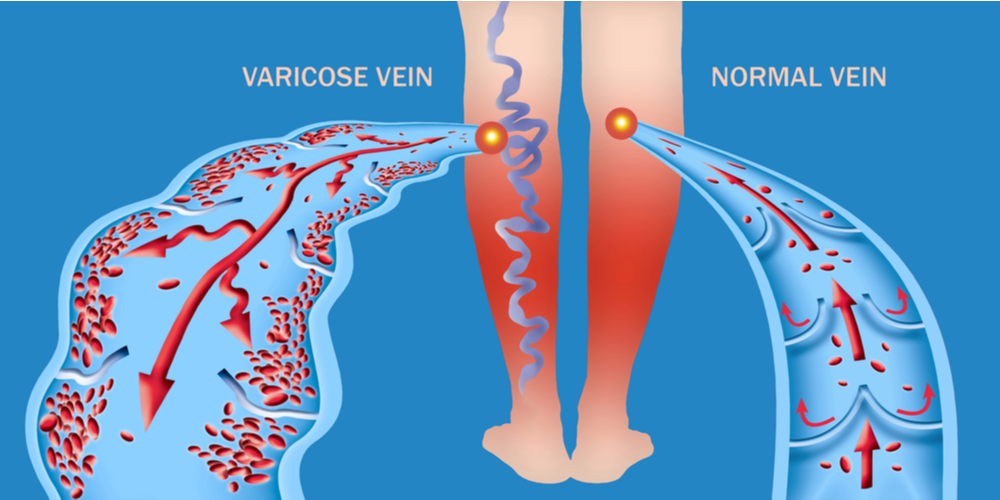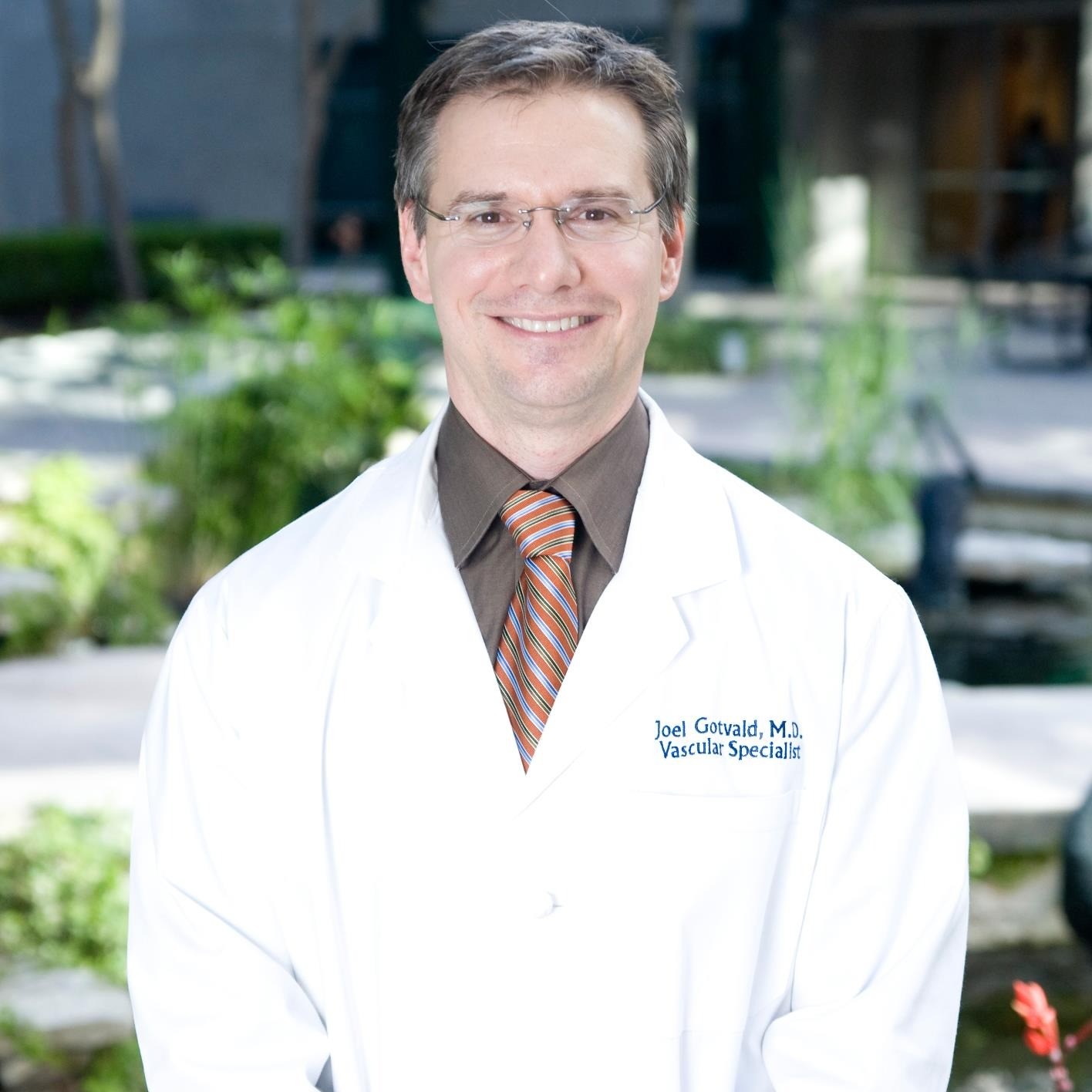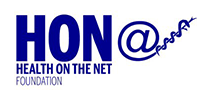
Austin Texas Vein Specialists | Laser Vein Centers | Varicose Vein Removal Centers
The primary focus of Austin Vein Specialists is the treatment of varicose veins and this is why our medical practice was established. Varicose vein removal is the top procedure performed by the specialists in our Austin Vein Centers!
Learn More About Varicose Veins
Varicose veins are swollen, dark blue or purple blood vessels that you can obviously see and feel beneath the skin. They often look like twisted cords, and usually appear on the calves, inside of the legs, and ankles. As varicose veins continue to weaken under the constant strain, they often continue to get bigger and balloon outward. This tends to raise the skin surface and causing the skin to bulge and thin out or get discolored. Many of our patients in Austin suffer from varicose veins of the legs, with over 25 million Americans being afflicted by the condition. Worldwide, up to 40% of women and 25% of men develop varicose veins during their lifetime. Most patients seek vein care to pain, swelling, or the unsightly appearance of leg veins.
Veins are blood vessels that return blood to the heart once it has circulated through the body (as opposed to arteries, which carry oxygen-rich blood from the heart to the body). Healthy veins carry the non-oxygenated blood back to the heart and lungs so that the blood cells can be replenished with oxygen, allowing the refreshed blood to reenter the circulation once again. Veins have one-way valves that help keep blood flowing in the proper direction (i.e. toward the heart).
If these vein valves stop functioning in the way that they are supposed to, blood begins to flow backward and pool in the veins, raising the blood pressure in the veins themselves. This process leads to a vein disease called venous hypertension and venous reflux disease. The build-up of pressure within the diseased veins leads to the vein walls stretching and thinning. This process leads to the development of unsightly enlarged and bulging blue veins beneath the surface of the skin. Vein specialists refer to abnormal stretched and enlarged veins as varicose veins or varicosities.

Reticular Veins
Small dark blue or purple varicose veins in the range of 1 to 3 mm in diameter are sometimes referred to as reticular veins. Reticular veins have a unique and distinct appearance to them and are often surrounded by smaller spider veins. Reticular veins (also known as blue veins) can also be distinguished from more typical varicose veins by the fact that they are usually located within the skin, in comparison to the larger varicose veins which are always located beneath the skin and tend to bulge more than reticular veins.
Our varicose vein specialists consider the condition a “disease” since the valves within the veins are defective and the blood flow within these veins is backward. The disease process does tend to spread to other areas of the legs over time, as the leg veins are connected to one another through a series of branch connections. These vein connections allow venous hypertension to spread from diseased varicose veins to healthy vein segments.
It is often described as a “domino effect” of more and more vein valves breaking as they are exposed to the elevated vein pressure from adjacent diseased veins. Therefore, varicose vein disease does tend to worsen over time and begins to involve larger and larger areas of the leg. The sooner the condition is treated, the easier it is to deal with medically. Patients with varicose veins and reticular veins often develop aching, throbbing, cramping, burning, itching, and other symptoms that may indicate a need for medical attention. Other patients with varicose vein disease may remain without symptoms for years.
Risks Factors For Varicose Veins
While varicose veins can affect nearly anyone of any age, they tend to occur more often in patients possessing certain risk factors, including:
- Older age
- Family history of varicose veins
- Pregnancy
- Female gender
- Occupations that require excessive standing
- Hormone therapy
- Obesity
- Lack of physical activity
- Excessive sun exposure
Although the risk tends to increase with age, varicose veins are often seen at very young ages, even in the teenage years. The sooner that vein disease is diagnosed and treated, the easier it tends to be to treat. Vein disease always progressively worsens with time.
Diagnosing Varicose Veins
Our Austin vein specialists can usually diagnose varicose veins and any associated conditions after a physical examination of the affected area. Additional testing may also be required, such as a venous ultrasound or venous reflux study. These studies allow the physician to obtain an anatomical “road map” of your circulation. This allows for more precise and targeted treatment options.
When to Consider Varicose Vein Removal Treatments
Long-standing varicose vein disease can lead to many different problems, some more serious than others. This includes chronic wounds or ulcers in the feet and ankles (e.g. venous stasis ulcers), chronic leg or foot swelling or edema, discoloration or darkening pigment changes in the skin, thinning of the skin, or other severe skin disorders including stasis dermatitis, recurrent thrombophlebitis, and increased risk of skin infections such as cellulitis. The longer that the varicose vein disease is present, the higher the likelihood of developing these medical problems.
Pain or discomfort symptoms in the legs can also be signs of more serious underlying medical conditions in the veins. Both phlebitis/thrombophlebitis, as well as deep venous thrombosis, can lead to pain or swelling in the veins of the leg. These conditions are best diagnosed by a physical exam and vein ultrasound. If these problems exist, you may desire to be evaluated for varicose vein removal.
Preventing Varicose Veins / Avoid Varicose Vein Removal
Varicose veins are often hereditary. While there is no surefire way to prevent varicose veins from developing, there are certain lifestyle changes that can be made in order to reduce your risk of developing further problems with this condition. This may include:
- Exercising regularly
- Maintaining a healthy weight
- Eating a healthy diet high in fiber and low in salt
- Elevating the legs
- Avoiding sitting or standing in one position for too long
- Wear support stockings when on your feet for prolonged periods of time
Our Austin varicose veins doctors will provide you with more information as to how you can reduce your risk of varicose veins and maintain strong vascular health. If you are interested in learning more about the varicose vein treatments that Austin Varicose Vein & Spider Vein Specialists offers, contact us today. We proudly provide varicose vein therapy to all qualified patients living in Austin, Cedar Park, Lakeway, Pflugerville, and Round Rock.


